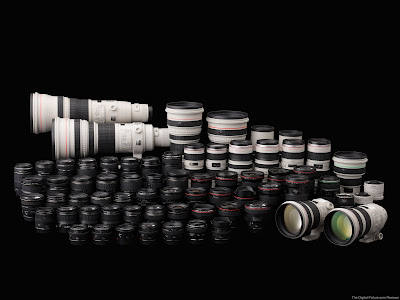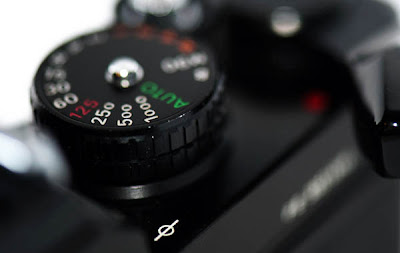

Although a range of different shutter speeds are devices used during the development of the camera only two are widely used and still in use.
The Authority operates the prison plane closer to the plane of the film may consist of cloth and curtains, which are composed of the film plane, with carefully defined the difference between the two curtains or part of a series of metal plates vertically or horizontal movement of the film plan. As the curtains or blinds are moving at a constant speed, exposing the entire film plane is much longer than the exposure time. Example, exposure of 1 / 1000 seconds can be achieved from prison curtains move the entire film plane in 1/50th of a second, but both curtains separated by only 1/20th of the frame width. When shooting fast moving objects, using a focal plane shutter produces some unexpected effects. Focal plane shutters are also difficult to synchronize with electronic flash and it is often only possible to use flash at shutter speeds below 1/60th seconds, although some modern cameras and quickly 1/100second /
In Copal shutter or more precisely in the lens shutter is closed, contained in the lens structure, often near the diaphragm, consisting of a number of metal sheets which are operated by spring tension, which can then be opened and closed when released from prison. Exposure time is determined by the interval between the opening and closing. This prison design, the entire film frame is exposed at once. This makes flash sync much easier if you just flash fire when the shutter is fully open. The disadvantage of these flaps is their inability to produce fast, reliable shutter speeds and the extra cost and weight of the shutter mechanism of each lens to take.











